Cooking with ‘the internet boyfriend of our dreams’
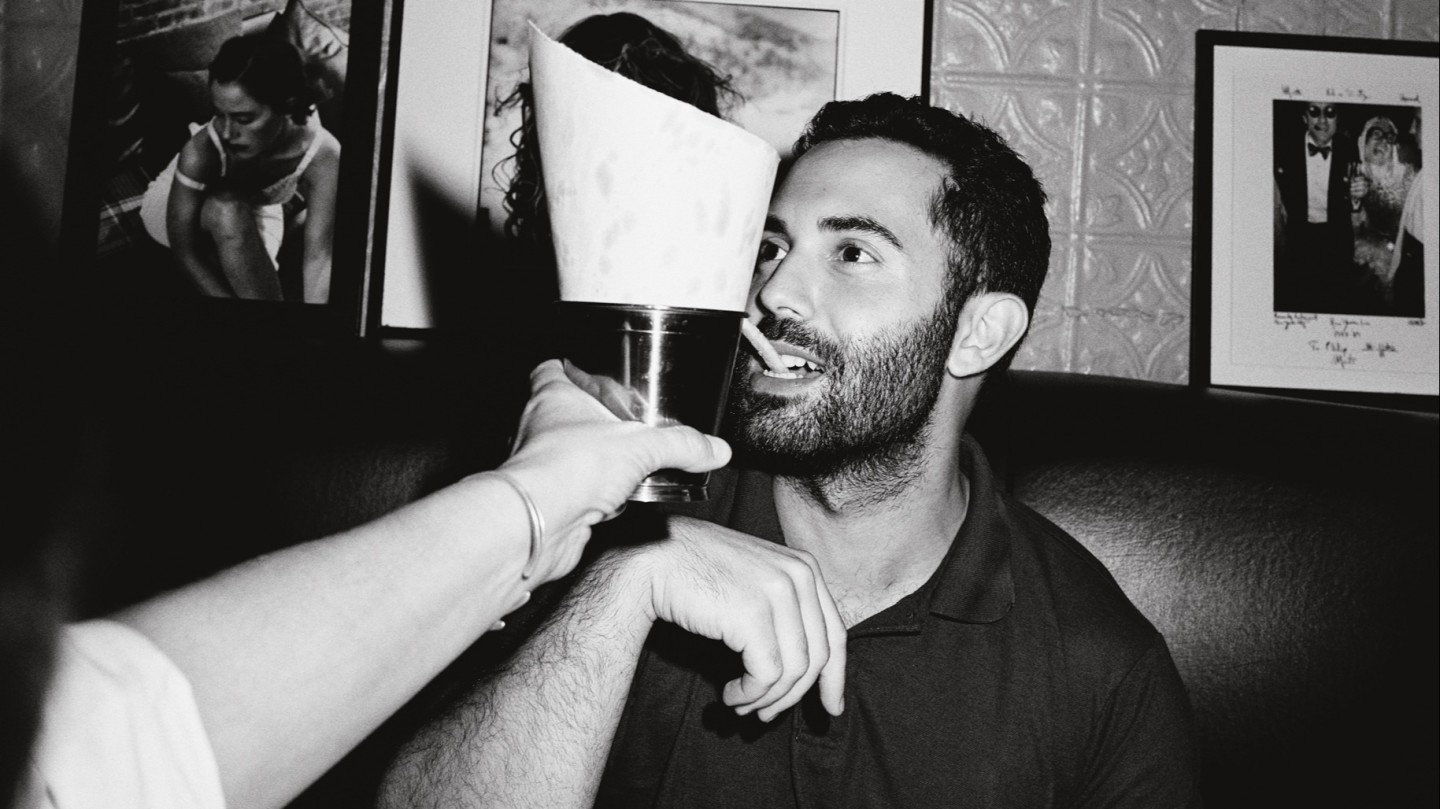
Roula Khalaf, Editor of the FT, selects her favourite stories in this weekly newsletter.
If you’ve ever watched the American food magazine Bon Appétit’s YouTube channel, which at its peak in spring 2020 was bringing in 250,000 new subscribers a month, you will be familiar with Andy Baraghani. Bon Appétit’s former senior food editor was one of its biggest stars. Iranian American. Handsome. Gay. Known for his shapely arms and recipes that even novice cooks could get excited about. When a magazine profile ran in February 2020 under the headline “How Andy Baraghani Became the Internet Boyfriend of Our Dreams”, it felt apropos.
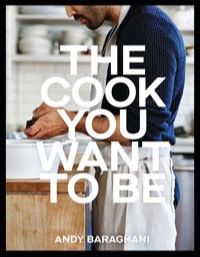
This May sees the release of his debut cookbook The Cook You Want to Be. As well as brilliantly appealing recipes like fennel buried in cream (his take on gratin), sticky-sweet roast chicken and chickpea cacio e pepe with caramelised lemon, it’s also full of personal colour, taking us from the kid who wanted to be the next Al Pacino to the adult who sometimes puts on black lipstick and performs Alanis Morissette in grungy drag, eats shrimp in their entirety (shell and all), and goes gaga over Zyliss salad spinners. We also learn that his culinary idol, Alice Waters of Chez Panisse in Berkeley, where he interned as a teenager, once made him cry. It was the end of lunch service. Waters asked for something in French. “Domaine Tempier,” Baraghani recalls. “A bottle of rosé.” At the time, he had no clue what she was saying and ended up in tears. “I was very young.”
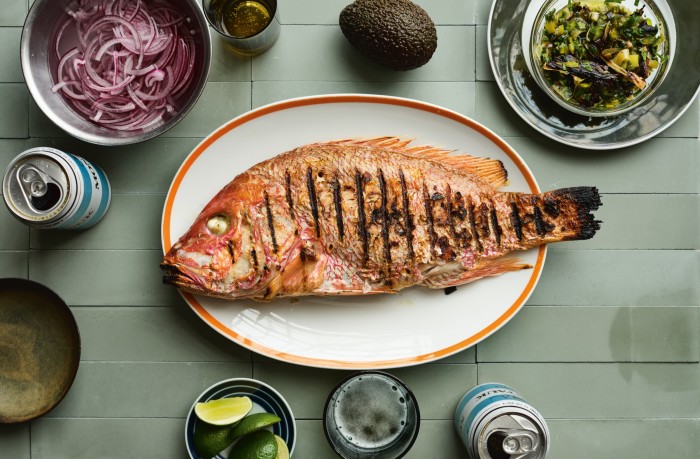
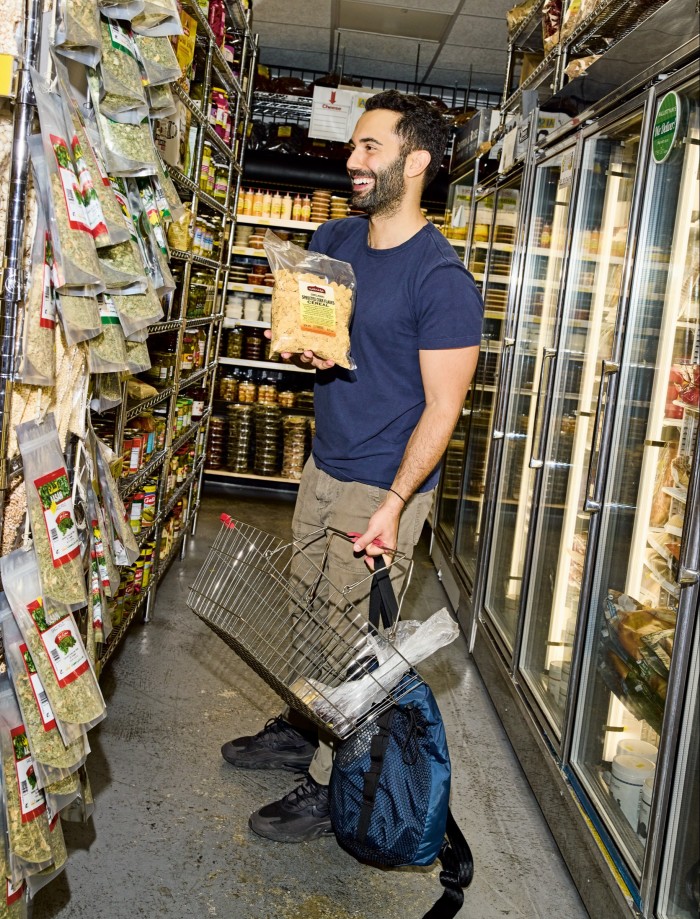
After Chez Panisse, Baraghani studied food studies and cultural anthropology at NYU, worked at New York restaurants Corton and Frej and as a food editor at Saveur magazine before joining Bon Appétit in 2015 aged 25, its youngest senior editor. He thrived and when Bon Appétit expanded its video content in 2016, Baraghani started presenting on its YouTube channel alongside contributors including Claire Saffitz, Brad Leone, Molly Baz, Sohla El-Waylly and Priya Krishna. They all became household names and it’s not hard to see why. In its evocation of a “fun, wacky workplace full of interesting and diverse characters”, San Francisco Chronicle food critic Soleil Ho likened the channel to “The Office, but tastier!”
And then it all unravelled. In May 2020, in solidarity with Black Lives Matter, Bon Appétit posted on social media about plans to address “racial and political issues” in the food world, prompting a debate online about Bon Appétit’s own poor record of featuring non-white contributors and non-Western stories. There followed an even more heated discussion about racist behaviour, inadequate representation and inequitable pay for non-white employees at Bon Appétit. The public airing of grievances “took on a life of its own”, says Baraghani, who was accused of microaggressions against another staffer, characterised on Twitter as “white passing”, and later acknowledged his privilege over BIPOC colleagues. “It was an incredibly painful time for us all,” he tells me. “Lots of changes needed to happen. But the fallout was so disturbing internally because the people on video were not [those making] a lot of the operational [decisions]. We were expected to have perfectly eloquent answers to these really hard issues. Also, people started to pit [us] against one another. It made me realise there is such a lack of nuance on social media and these issues don’t translate well.”
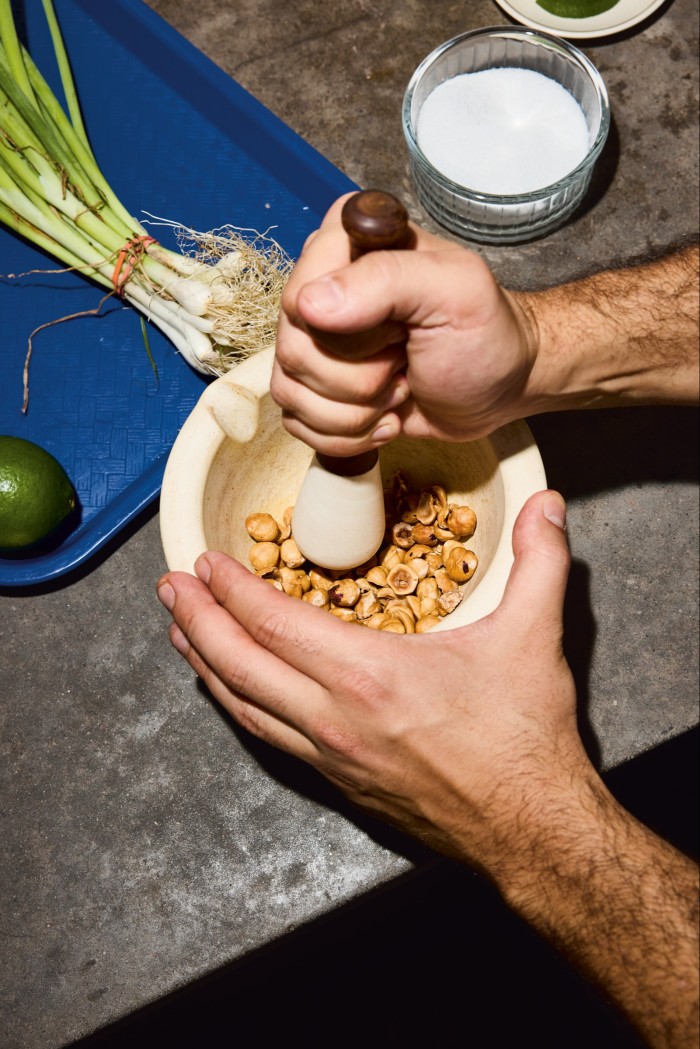
Baraghani stayed at Bon Appétit for another year, leaving in August 2021 to work on his new book. “It was kind of expected that you should quit to show solidarity,” he explains of his decision not to resign in protest along with many of his colleagues. “But I come from a very middle-class family. My father is a used car salesman, my mother an aesthetician. I have a five-figure college debt to pay off. Quitting was a privilege I didn’t feel I had.”
The Cook You Want to Be feels like a fresh start. It brims with Baraghani’s charm and sense of humour (“I did me”, he says of the tone) and captures everything that’s appealing about his way of cooking. It goes big on vegetables, salads and eggs with recipes that require minimum to no prep. (The caramelised cabbage smothered in anchovies and dill and black pepper and ginger asparagus stir-fry are top of my list.) Instead of relaying countless shortcuts, the book also instils a basic understanding of technique. One section is devoted to dressings and sauces. Another to big, flavourful soups that don’t rely on stock. Where there are challenges like recipes for whole grilled snapper or chelo ba tahdig (Persian steamed rice), you feel like you’re in good hands. “I want to empower the home cook to go that extra step,” he says, “to try that ingredient or technique. And I want it to feel like I’m right there with you, cooking alongside.” Like a good personal trainer, having Andy’s voice in your ear really does help.
Fall-apart caramelised cabbage smothered in anchovies and dill
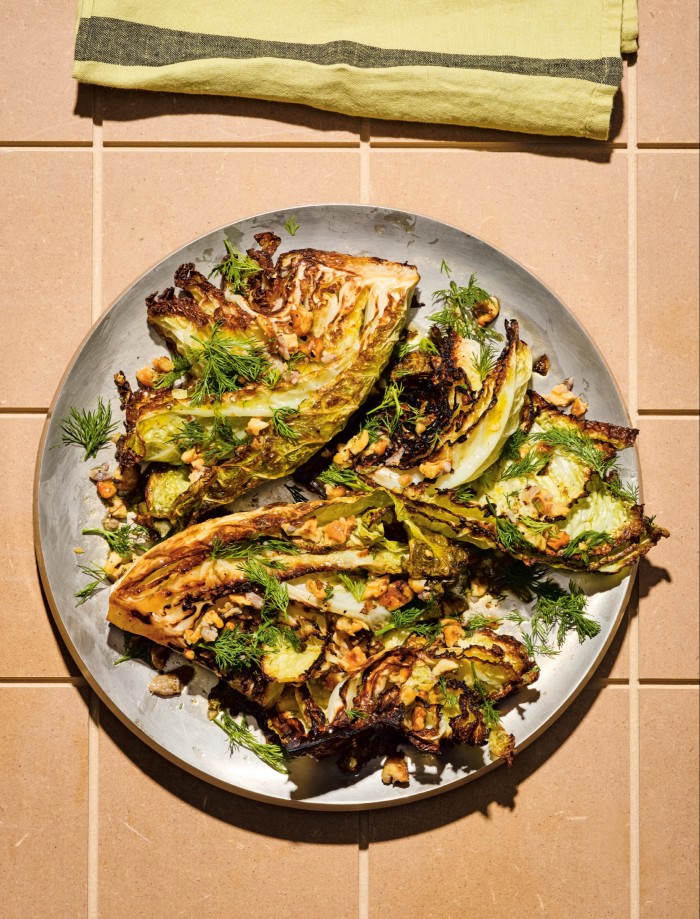
Preheat the oven to 180ºC. Halve the cabbage through the core. Cut each half into three wedges, keeping the core intact.
Set a large cast-iron or stainless-steel skillet over medium-high heat. Add ¼ cup of the olive oil and heat until it is hot and shimmering. Season the cabbage with salt then place it in the pan. Cook, using tongs to press down on the cabbage, so it becomes deeply charred and kind of tender (it’ll soften more in the oven), for three to five minutes per side. If your skillet isn’t large enough to brown all the pieces at once, do it in batches.
Remove the skillet from the heat and carefully cover it with aluminum foil (the pan will be hot!). Transfer the skillet to the oven and roast until the cabbage is very tender, 30 to 40 minutes. When it’s ready, a paring knife should slide in and out of the cabbage core like butter.
While the cabbage is in the oven, in a medium bowl, stir together the anchovies, garlic, dill, walnuts, lemon zest, lemon juice, and remaining ½ cup olive oil. Season with salt and plenty of pepper. If you let it sit for 10 minutes, the flavours will soften and meld.
Once the cabbage is done, arrange the pieces on a platter and spoon the sauce all around and between the melty layers. Sprinkle with more pepper and serve.
Comments